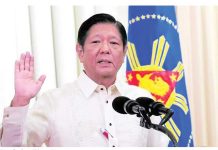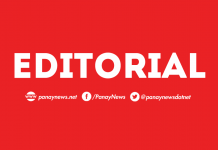
IN RECENT times, the emergence of any new health concern invariably stirs public anxiety, a phenomenon intensified by the global experience with COVID-19. However, the Department of Health (DOH) Region 6’s recent statement regarding “walking pneumonia” offers a critical reminder: not every health alert warrants a state of panic.
DOH-6’s Regional Epidemiology and Surveillance Unit has aptly clarified that mycoplasma pneumoniae, the bacterium responsible for walking pneumonia, is neither novel nor unusually dangerous. This clarification is crucial in a time when misinformation can spread faster than any virus.
The term “walking pneumonia” might sound alarming, conjuring images of a severe, contagious illness. However, it refers to a milder form of pneumonia, often manageable without hospitalization. So far this year, the Philippines recorded four isolated cases, all of which have seen recoveries. This statistic should reassure the public that while vigilance is necessary, fear is not.
The comparison of walking pneumonia to COVID-19 is enlightening. Unlike the novel coronavirus, mycoplasma pneumoniae is a known entity, and the medical community is well-equipped to handle it. This bacteria cause a range of infections, including colds and pneumonia, and is treatable with the right medication.
However, this is not to suggest complacency. The advice from health officials remains sound: individuals exhibiting symptoms should exercise caution, such as wearing masks and practicing frequent hand washing, to prevent transmission. This is especially crucial in a country like the Philippines, where community and familial ties are strong, and interactions are frequent.
DOH-6’s advice extends beyond mere caution against walking pneumonia. Its recommendations for adequate hydration, healthy eating, sufficient sleep, and regular exercise are a blueprint for overall health and resilience against various illnesses, not just walking pneumonia.
One of the noteworthy aspects of DOH-6’s approach is the emphasis on early management of symptoms, particularly for individuals with co-morbidities. This proactive stance is a lesson learned from the COVID-19 pandemic, where early intervention often made a significant difference in outcomes.
It is good that DOH-6 is not only addressing the walking pneumonia cases but is also educating the public. This approach — combining information dissemination with a call for practical health measures — is a model for managing public health concerns without inducing unnecessary panic. Let’s remain vigilant.







